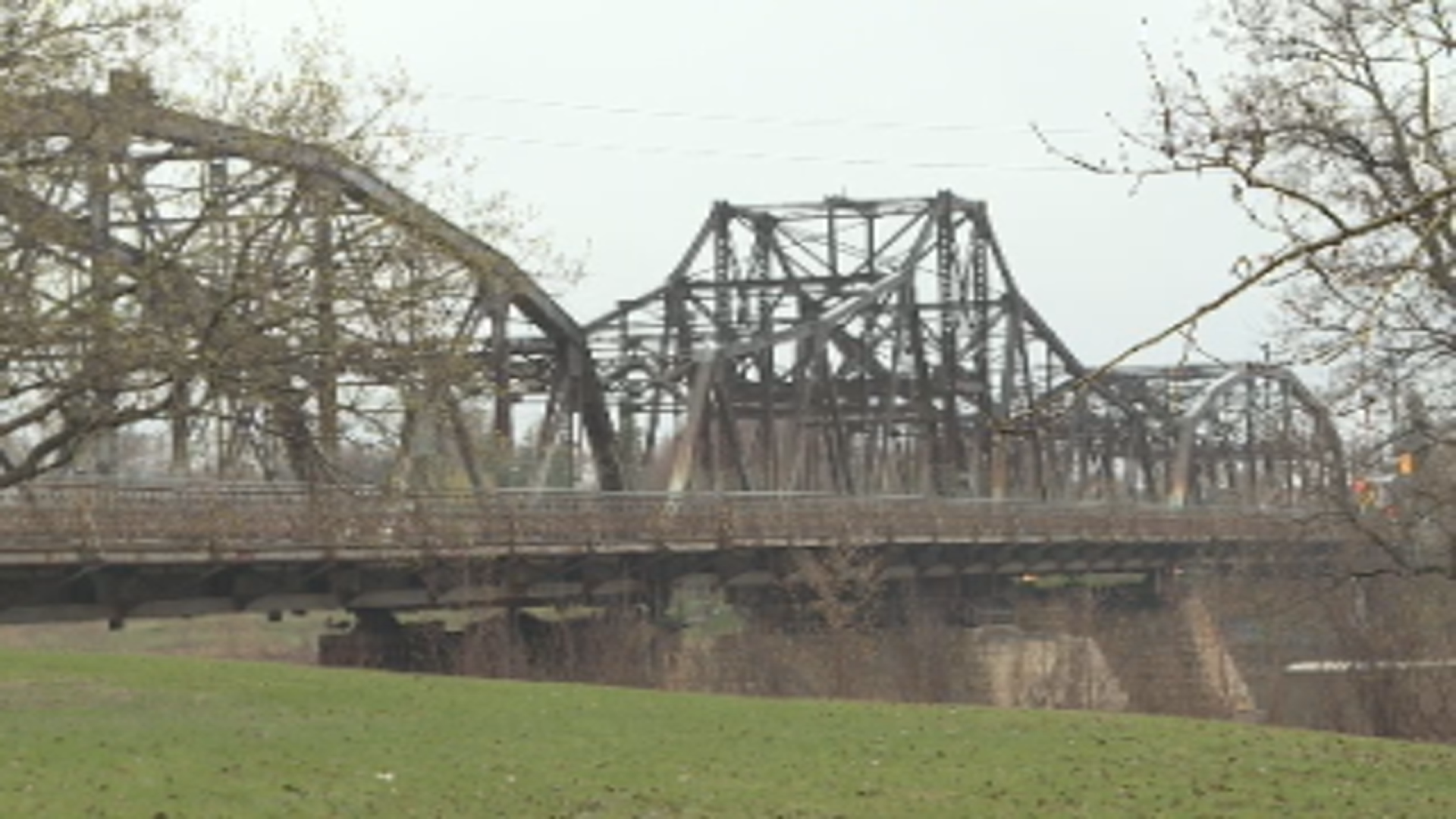The city of Winnipeg is facing increasing challenges in maintaining its infrastructure as it grows. With limited resources, the city is struggling to keep up with the demand for upkeep of aging infrastructure such as potholes, sewage systems, and bridges. Coun. Janice Lukes, chair of the Public Works Committee, acknowledges the difficulty in balancing priorities and limited funds. She emphasizes that the current funding model is not sufficient to meet the needs of the growing city. Lukes points out that the allocation of tax dollars between the city, province, and federal government can make it difficult for the city to address its infrastructure deficit.
Despite the challenges, there is some optimism as the provincial government has committed to addressing infrastructure changes in its recent budget. However, immediate action is needed to address the $6.9 billion infrastructure deficit, which would be closer to $9 billion in today’s dollars. Richard Milgrom, a professor in the University of Manitoba’s Department of City Planning, suggests that the city should prioritize fixing existing infrastructure over building new roads. He points out that the center of the city is underpopulated, leading to inefficient use of infrastructure. By focusing on improving existing infrastructure, the city can make better use of its resources and address the infrastructure deficit.
The city’s struggles with maintaining infrastructure are evident in recent events such as the spilling of over 220 million liters of raw sewage into the Red River and the closure of the Arlington Bridge. These incidents highlight the need for increased investment in the city’s infrastructure to prevent future crises. Lukes stresses that the city is doing all it can with limited resources, but more funding is needed to keep up with the growth of the city. The funding allocation between different levels of government further complicates the situation, making it challenging for the city to address its infrastructure deficit.
In 2018, the city released its Asset Management Plan, which identified the $6.9 billion infrastructure deficit. The plan emphasized the importance of addressing the city’s infrastructure needs to ensure the safety and well-being of residents. With the deficit growing to $9 billion in today’s dollars, it is crucial for the city to take action to address its infrastructure challenges. By focusing on fixing existing infrastructure and prioritizing the areas of greatest need, the city can make progress in reducing the infrastructure deficit and improving the overall quality of life for its residents.
Despite the ongoing challenges, there is hope for improvement as the provincial government has shown commitment to addressing infrastructure changes. By coordinating efforts between different levels of government and prioritizing infrastructure investments, the city can make progress in tackling its infrastructure deficit. With a strategic approach and proper allocation of resources, Winnipeg can work towards creating a more sustainable and resilient infrastructure system that can support its growing population and evolving needs. It is essential for the city to address its infrastructure challenges to ensure the long-term viability and prosperity of Winnipeg.


